Discover why MotoGP bikes have two exhausts. Learn how the dual exhaust system boosts power, improves handling, manages heat, and shapes the signature sound of MotoGP machines.
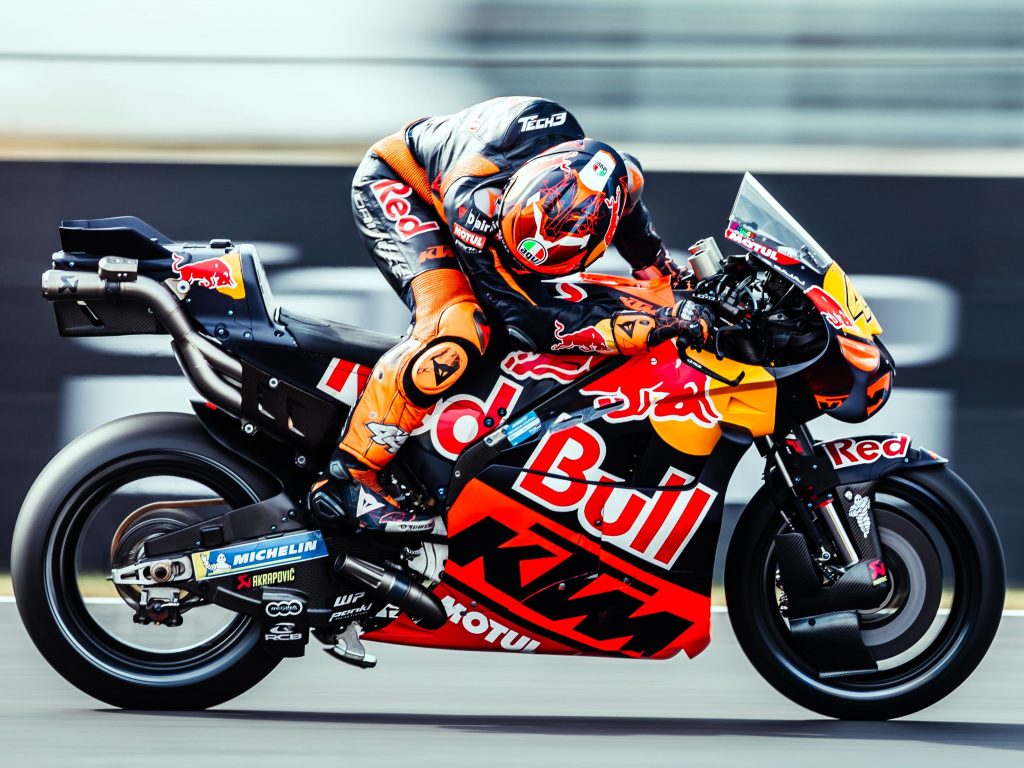
Subscribe to our Instagram Channel for instant news & updates!
The Secret Behind MotoGP’s Dual Exhaust Design
When you watch a MotoGP race, the sound, speed, and precision of these machines are breathtaking. One detail that often grabs the attention of fans is the dual exhaust system seen on many MotoGP bikes. But why do MotoGP bikes have two exhausts instead of just one? While it may look stylish, there’s far more to it than design.
The answer lies in a combination of power optimization, weight distribution, and engine performance. The two exhaust pipes play a crucial role in extracting the best performance from these high-powered racing engines. From improving power output and engine breathing to balancing weight and managing heat , the dual exhaust system is a masterpiece of MotoGP engineering. Understanding this setup gives us a deeper appreciation of the technology and precision that make these bikes some of the fastest machines on Earth.
Better Exhaust Flow and Engine Breathing
MotoGP engines rev up to 18,000–19,000 RPM which produces incredible power and heat. At those speeds, the exhaust system must remove gases efficiently to keep the engine running smoothly. Having two exhaust outlets allows exhaust gases to exit more freely, which reduces back pressure. This helps the engine “breathe” better, allowing it to produce more power, quicker throttle response, and improved acceleration. Simply put, the dual exhaust setup helps the engine perform at its peak without being held back by pressure build-up.
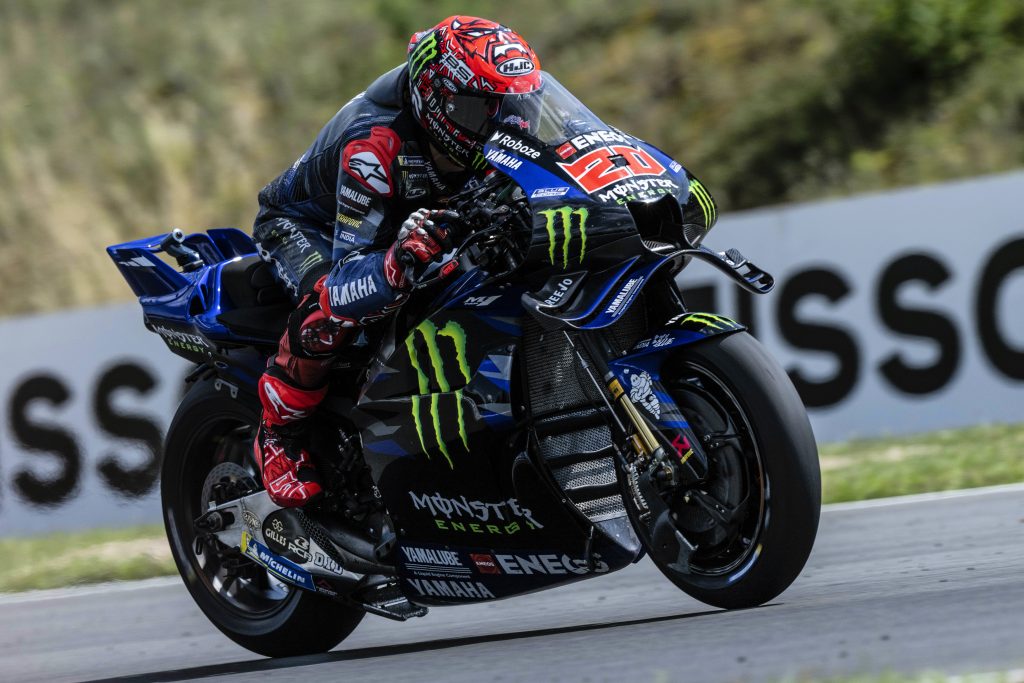
Maximizing Power and Torque Delivery
Dual exhausts also play an important role in power distribution. MotoGP engineers tune each exhaust pipe for different RPM ranges. One may boost low-end torque, while the other enhances high-end power. This setup ensures smooth and consistent power delivery across the entire rev range. Riders get strong acceleration out of corners and maximum power on the straights making a perfect balance for race conditions.
Weight Distribution and Handling Balance
In MotoGP, every gram of weight matters. The position of the exhaust system affects how the bike handles and how stable it feels at high speed. The usage of two exhausts allows engineers to distribute the weight more evenly. Some bikes place one pipe under the seat and one on the side, while others mount both under the tail. This layout helps improve cornering stability and overall handling, giving riders more control during aggressive maneuvers.
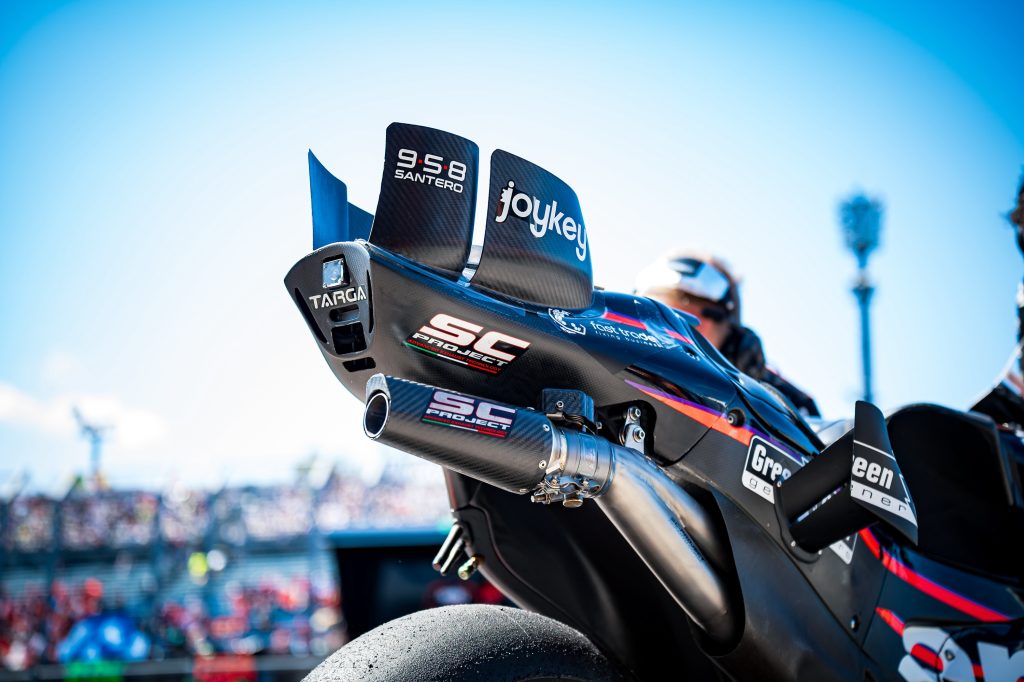
Improved Aerodynamics for Top Speed
Aerodynamics are key in MotoGP and even the smallest change in airflow can impact top speed. The twin exhaust setup is designed to guide air smoothly around and behind the bike which helps to reduce turbulence and drag. This aerodynamic efficiency helps the bike maintain stability and top speed on long straights, such as at Mugello or Qatar, where racers regularly exceed 350 km/h.
Better Heat Management and Engine Reliability
MotoGP engines generate extreme heat, especially during long races. A single exhaust system could trap too much heat, affecting performance and durability. By using two exhaust outlets, the system can release heat more evenly which helps to keep the engine cooler and more consistent. This helps prevent overheating, which can be the difference between finishing first or not finishing at all.
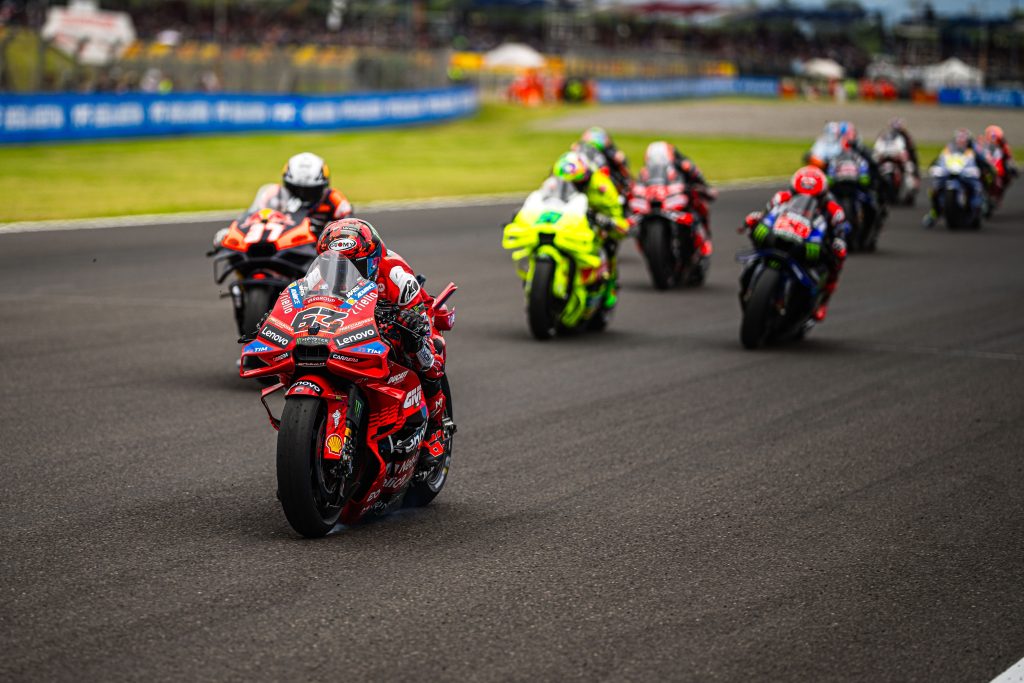
That Signature MotoGP Sound
The sound of a MotoGP bike is unmistakable. It is loud, sharp, and thrilling. The dual exhaust system plays a major part in creating that sound. Each pipe’s length, shape, and diameter affect how exhaust pulses travel, shaping the bike’s tone and resonance. Engineers carefully design this system to balance performance and sound, ensuring that each manufacturer’s bike, whether it’s Ducati, Yamaha, or Honda, has its own unique voice.
A Result of Engineering Evolution
The use of two exhausts in MotoGP isn’t just a modern styling choice, but it’s the result of years of racing development. As engines became more powerful and aerodynamic technology advanced, teams needed a way to improve exhaust efficiency and balance without adding unnecessary weight. That’s when dual exhaust systems became the ideal solution. Today’s MotoGP exhausts are made from lightweight materials like titanium and carbon fiber, designed to handle extreme heat while keeping the bike as light as possible.
Conclusion: Two Exhausts, One Goal, Maximum Performance
MotoGP bikes have two exhausts for one main reason, performance. The dual exhaust system helps the engine breathe better, produce more power, stay cool, and maintain balance and aerodynamics at incredible speeds. Every detail is engineered for racing perfection. So the next time you see a MotoGP bike flying down the straight with two exhausts roaring, remember that it’s not just about style. It’s pure, high-level racing science in motion.





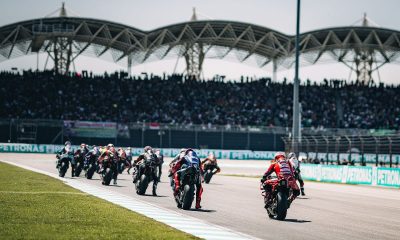


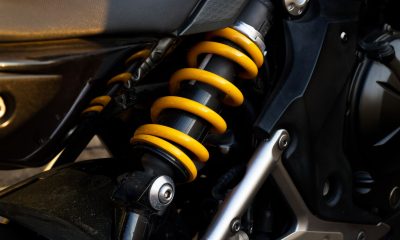






















Facebook
Instagram
X (Twitter)
YouTube
LinkedIn
RSS